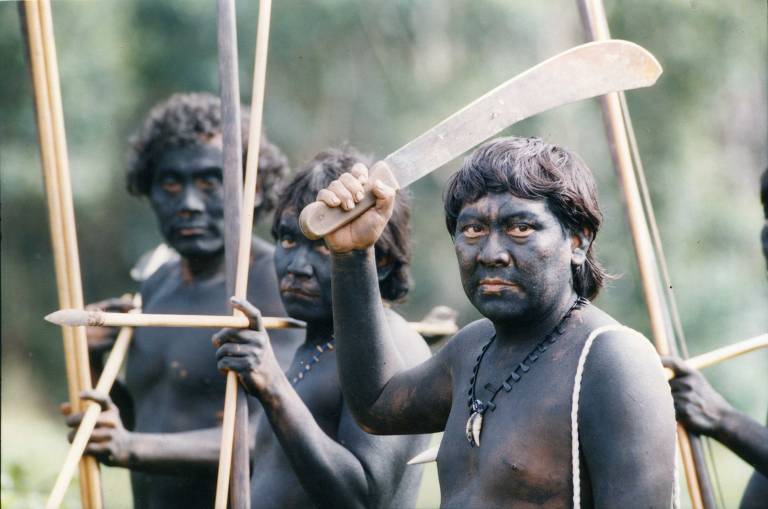When radio stations in Amazonas and Roraima announced the murder of a group of Yanomami, some mining entrepreneurs and gunmen rushed to leave the scene.
The country became aware, on August 18, 1993, of the Haximu massacre, the first —and, until now, only— case of genocide recognized by Brazilian justice. The last decision was handed down in 2006 by the STF (Federal Supreme Court).
The circulation of news and the disappearance of most of the suspects took place a month after the massacre, which left 16 dead in the Haximu village, on the border between Brazil and Venezuela.
The episode was brutal, according to the records and documents of the time. The victims were mostly women, children and the elderly, as most of the men were on their way to a party in another community.
Thirty years later, the Yanomami Indigenous Land is the most populous in the country among those demarcated, according to the 2022 Census, with 27,152 inhabitants. The massacre exposed problems that became more complex, such as the expansion of mining and the network of illegal activities associated with organized crime.
Translated by Cassy Dias
